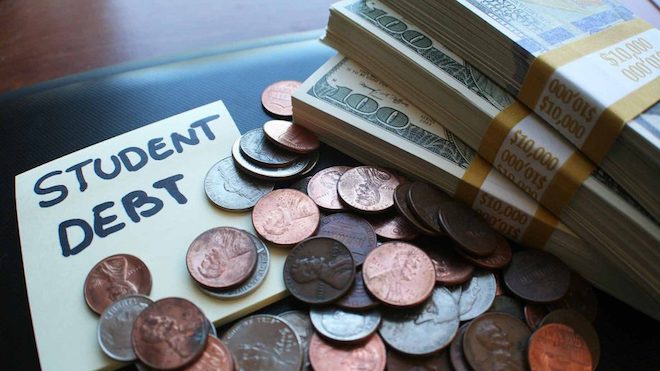
As the cost of college has risen to unprecedented heights, outpacing inflation by three times along the way, it’s no surprise that the private student loan industry has boomed as a result.
According to recent student loan debt statistics from LendEDU, there is now over $131.81 billion in private student loan debt in the United States and over 100 private student loan lenders. In years past, it was possible for college students to cover the full cost of higher education out of pocket and with the help of a part-time gig. And if there were still gaps left to be filled, scholarships and grants were usually able to complete the job.
Finally, federal student loans could be turned to as a last resort to meet the remaining financial obligations for tuition. Private student loans were unheard of. But now, paying for college out of pocket is almost always a pipe dream, while scholarships, grants, and federal student loans are nearly always used by college students. And when there are gaps left to fill, and usually there are, private student loans have become the go-to financing source to do so.
In light of this private student loan boom, LendEDU, a financial services company, puts together an annual report that analyzes data deriving from hundreds of thousands of users who have gone through LendEDU’s private student loan portal since 2016 to highlight key industry trends in the private student loan market.
Here’s what this year’s report found.
Approval Rates Are Up in 2020
The private student loan report from LendEDU revealed private student loan approval rates are up across the board in 2020 compared to the prior four years.
Not only is the overall approval rate up by slightly more than five percentage points, but the no-cosigner approval rate is up by a little more than one percentage point, while the cosigner approval rate has increased by just over three percentage points to 36.09%.
In 2020, the data from LendEDU showed that 67.85% of private student loan applicants applied with a cosigner, while 32.15% did not. If the approval rates from above are any indicator, those who applied with a cosigner are placed at an immediate advantage when it comes to private student loans.
And, that trend held true when LendEDU evaluated average private student loan interest rates.
Cosigned Interest Rates Remain Lower Than No-Cosigner Interest Rates
When it comes to private student loan interest rates, those students that apply with a cosigner can expect to receive an interest rate that is about one percentage point lower than normal.
Here’s what the average cosigned interest rates looked like:
While the average private student loan interest rates were slightly higher and looked like this:
Once again, the private student loan interest rate data from LendEDU shows a distinct advantage to students who apply with a cosigner. It’s clear that private student loan lenders favor applicants with a creditworthy cosigner, and this becomes obvious when looking at credit score and income data for approved applicants.











Questions about this article? Email us or leave a comment below.